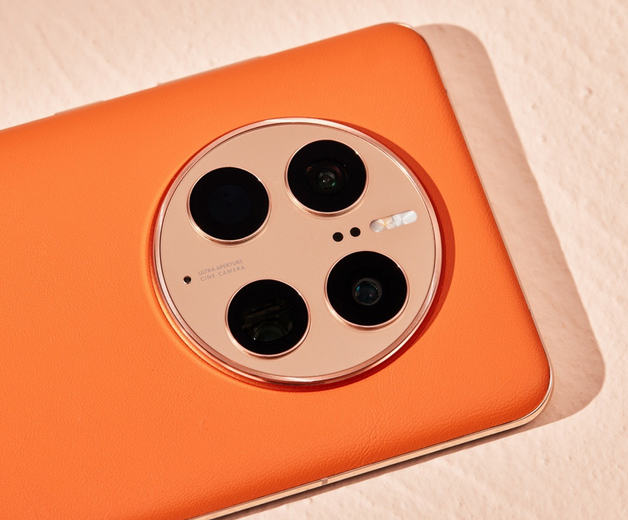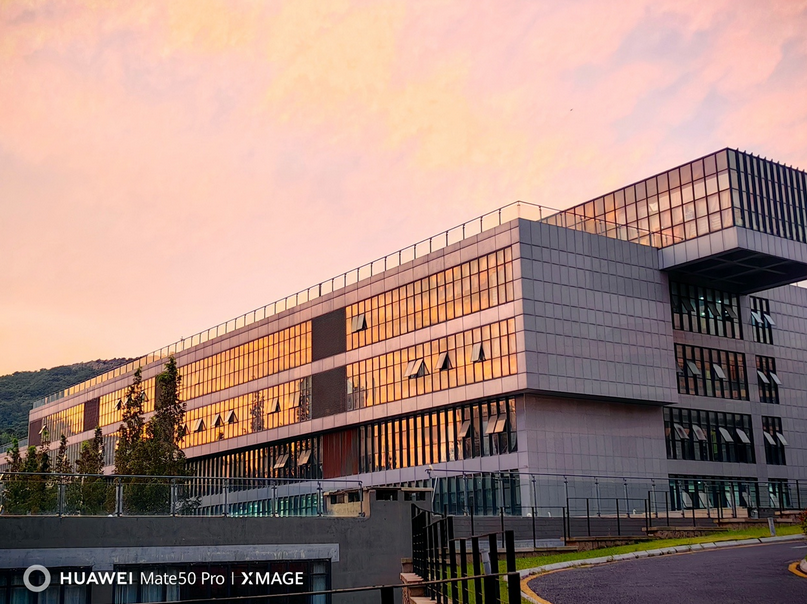Huawei mate50’s image introduction
BY ETrade Supply | 十月 8th, 2022 | 0 | 0

Further, Huawei Mate 50 Pro adds optical anti-shake to the main camera configuration compared to Huawei Mate 50. There are two secondary cameras:
- 13-megapixel F2.2 aperture ultra wide-angle lens (supports ultra-macro shooting)
- 64-megapixel F3.5 aperture periscopic telephoto lens (RYYB, 3.5x optical zoom, OIS stabilization, 100x digital zoom)
Accordingly, Huawei Mate 50 Pro camera hardware specifications are strong, relying on a variety of hardware. With the addition of an ISP and algorithm upgrade, Huawei Mate 50 Pro is theoretically capable of playing a good game. With three camera modules, but four lenses, the fourth lens is symmetrical, and the built-in proximity light sensor and laser focus sensor can help the camera focus more quickly. the camera can improve focus speed.
During the shooting process, Huawei Mate 50 Pro's main camera lens was modified to add a variable aperture, which significantly reduces the interference from ambient light. In the daytime, Huawei Mate 50 Pro sample is transparent and clean, with excellent white balance performance, similar to what the naked eye perceives. The picture below illustrates how every piece of glass in the building under the lens of the Huawei Mate 50 Pro is colored, the bright part of the glass is not overexposed, and the details of the grass in the backlight are visible. Moreover, due to the color gamut of the Huawei Mate 50 Pro's display screen and adaptation issues, the colors appear more vibrant when viewing samples on it.

Overall, although the Huawei Mate 50 Pro is not assisted by Leica, the performance of the XMAGE imaging system is not inferior to that of Leica, and I believe this system can lay the foundation for Huawei's image development.











